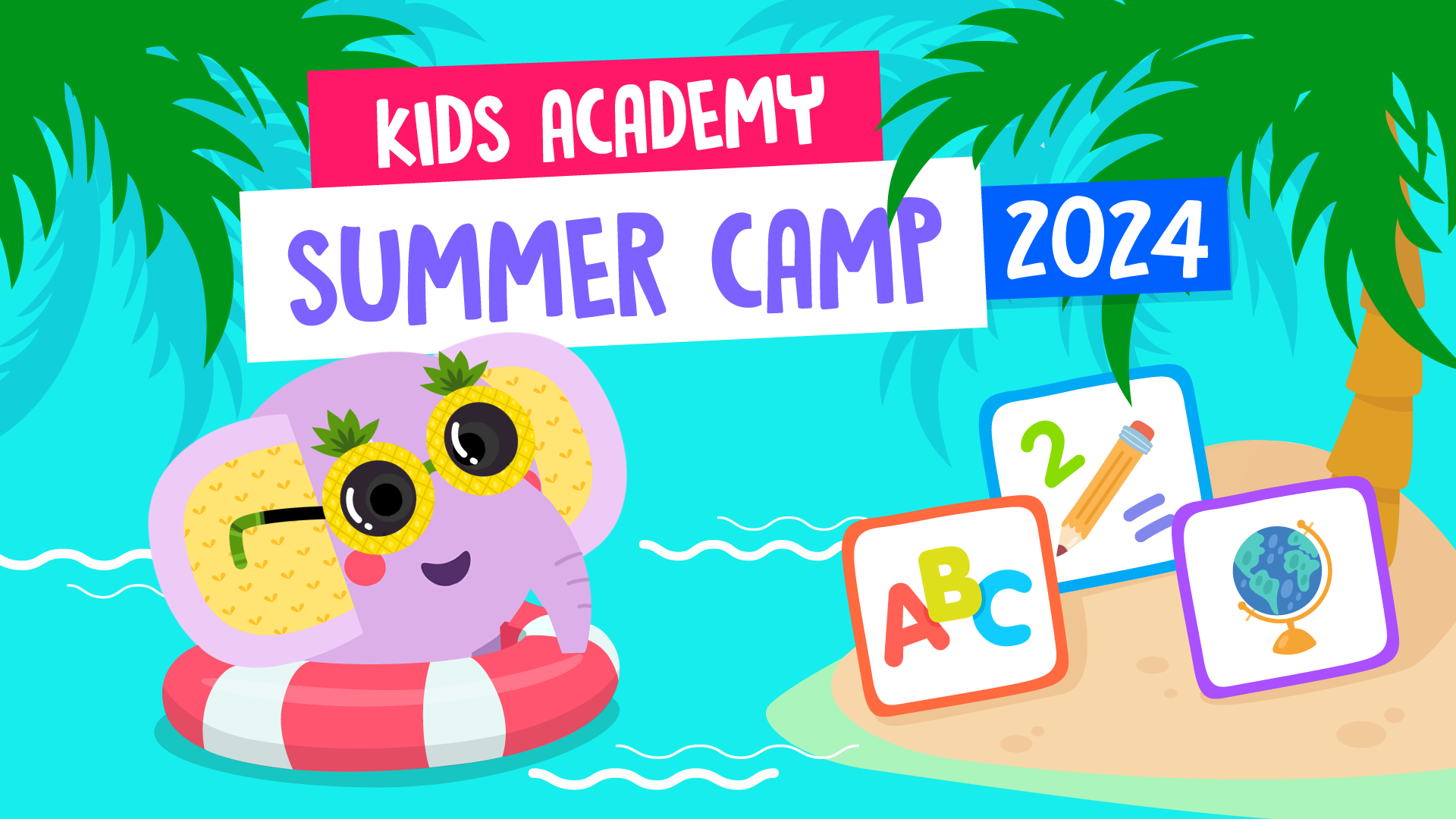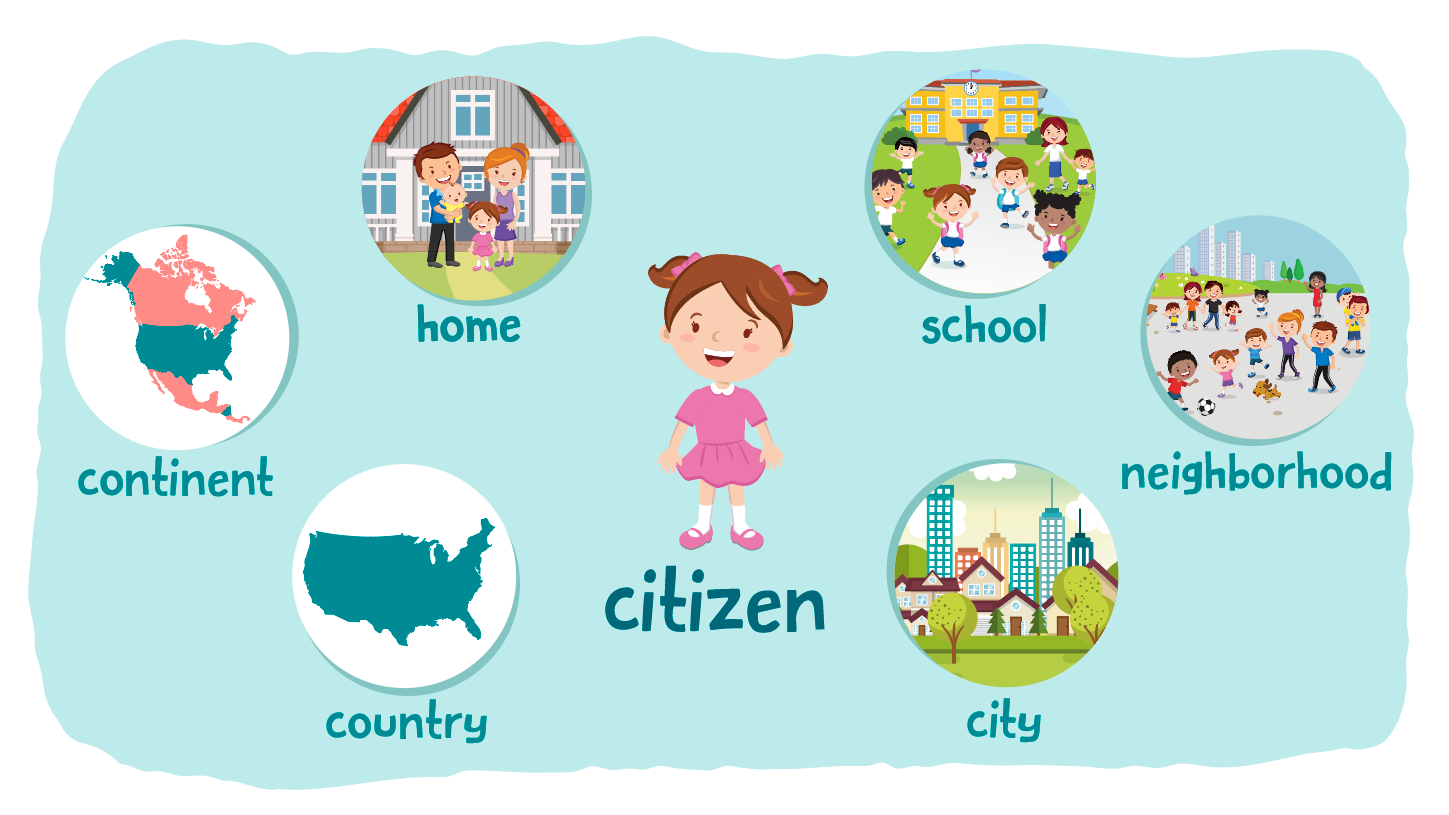Neural Networks: Next-Generation Tech to Create Apps for Kids
June 7, 2017
When someone asks, which is better – a computer or a human brain, your answer, at first, might be a human brain. Sure, for as fast and powerful as machines have become, they bear little comparison with the complexities of the human mind. But if you look at the brain-machine advancements over the last couple of decades, you’ll find that scientists have worked hard to make computers operate more like brains. And this is where neural networks come into play.
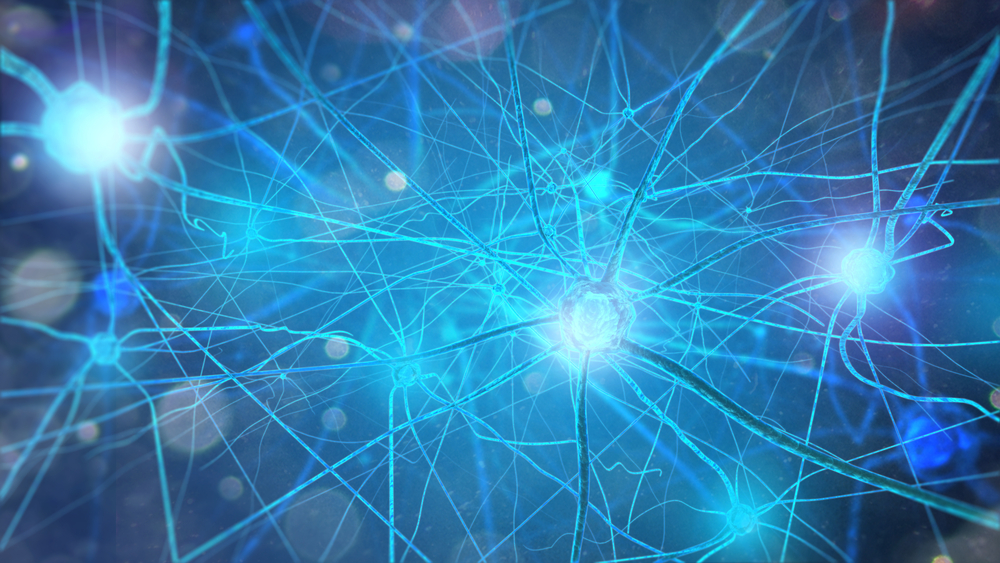
What is a Neural Network?
The human mind is an amazing biological machine. The brain is made up of billions of neurons that work together in networks to transit nonstop information through signals. You might recall from your high school biology or psychology classes that biological neurons are connected through structures called synapses.
Using these connections, neurons emit (or refrain from emitting) electrical signals to transmit information to tell parts of the body what to do. Considering the billions of neurons and networks in the human brain alone, it is easy to see how humans can complete complex tasks, and are capable of seemingly limitless innovation. Given the sheer processing power, and the ability to learn continuously over a lifetime, the brain is what differentiates humans from other animals.
What Makes It Work
Much like neural networks of the human brain, artificial networks (ANNs) are made up of countless artificial neurons which likewise relay important information to form complex mechanical processes.
These neurons have functions that act like synapses, with some acting as input units, and others as output units. They are built in layers that include hidden units that act as middlemen to either fire or inhibit other artificial neurons. Just like the human brain, these signals tell the computer what to do and how to react. The connections between one unit and another is expressed by a number called a weight, which can be either positive (a unit prevails over another) or negative (a unit restrains another). The higher the weight is, the more influence the unit has over the other one.
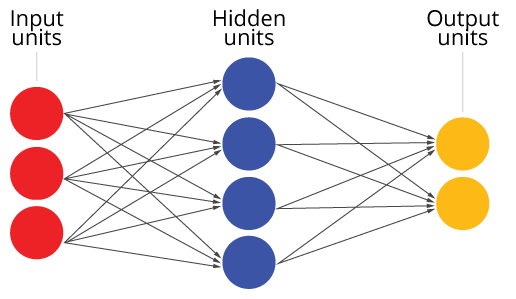
How Do We Train a Network?
As mentioned earlier, the core feature of a network is its amazing ability to learn. However, just as a child who learns by being told what he’s doing wrong or right, a network needs to be “trained” to be able to recognize things and make decisions about them.
The first thing our team did was develop a massive neural net – over one billion connections distributed across computer processors – and feed it a database of worksheets, known as training examples, specifically labelled in a way it can understand. The network then uses the examples to automatically infer rules and recognize patterns. For a network to improve its accuracy, there must be a large amount of training examples. The more data you feed it, the more accurate output it provides" explains Vasiliy Kotov Senior Software Engineer, Kids Academy.
How does it work in practice? For example, we’ve been teaching a network to recognize the letter A by showing it worksheets with this letter, completed in different ways, and telling it which way of writing is correct, incorrect, or partially correct. Once trained, the network can compare its answers to the known correct or incorrect ones and provide a feedback – thus, telling your child what has been written properly, and what needs revision.

Neural Networks behind Our Apps
Along with being qualified in what we do, most of us are parents who want our own kids to learn in a better way, too. The idea to create such a meaningful app was borrowed right from the experience of being parents who appreciate apps that have purpose, relevance, and lead to stronger learning. With this in mind, we brought into the world an app that combines the best of printable worksheets and augmented reality that has revolutionized education.
The key advantage of the app is the feedback. Your child submits an answer and immediately knows if the answer is right. This keeps him engaged and motivated longer than he would if he were waiting for someone to check it. How does the app give instant feedback? With the help of a neural network with:
- 200 hours of machine-learning
- 1000 hand-picked training examples that flow through the network daily
- 2 highly productive graphic processing units.
The network is fine-tuned to give not just a mere result – either “right” or “wrong”, but with positive feedback and a detailed and meaningful explanation of what needs to be corrected. Kids can assess their own work with the help of easy-to-use marks and enter necessary corrections. The main goal is to help kids naturally gain skills and confidence, without being overwhelmed or discouraged. Learn more about this app.
Neural Network vs. Human Brain
Obviously, machine learning neural networks aren’t actual biological brains. Though, they can simulate the behavior of neurons in an important way, and provide advantages over the human mind, while working in much the same way.
> BOTH CAN LEARN NEW INFORMATION AND REACT TO IT
The main similarity to the human brain, and a fascinating feature of artificial networks is that the program’s ability to learn. Rather than just spitting out pre-programmed information, the program can react to the interactions it experiences. This allows something like an educational gaming app to complete a complex task, such as grading a child’s own handwriting.
> NETWORKS CAN PROVE TO BE MORE RELIABLE AND ACCURATE
When ANNs are properly programmed and trained, the network will respond the right way every time. Since ANNs don’t actually think or make choices out of human free will, there is no chance for error. Computers only do what we tell them to, and if we train an ANN to recognize something, the artificial intelligence will perform and react to it reliably based upon how it was trained.
> NETWORKS WILL NEVER FORGET OR LOSE INFORMATION
If you’ve ever had trouble trusting somebody, you’ll feel comfortable knowing that ANNs are more predictable than people because we know that they will never forget important information, and will react in ways that we train it to. Further, ANNs have the potential to process information faster, even though they are continuously learning from its users or developers.
So What's the Takeaway?
By weaving this cutting-edge technology into our educational apps, the next generation is learning skills in unprecedented ways, allowing them to learn critical educational skills, and build confidence and self-monitoring skills. All of this is thanks to man-made neural networks that imitates the unique behavior of neurons in the human brain.
If someone asks you which is better—a computer or the human brain, your answer might still be the human brain, if only because human brains created artificial intelligence to begin with. No doubt, computer programs are becoming smarter by the day, and certainly offer advantages above and beyond anything we’ve ever seen before.



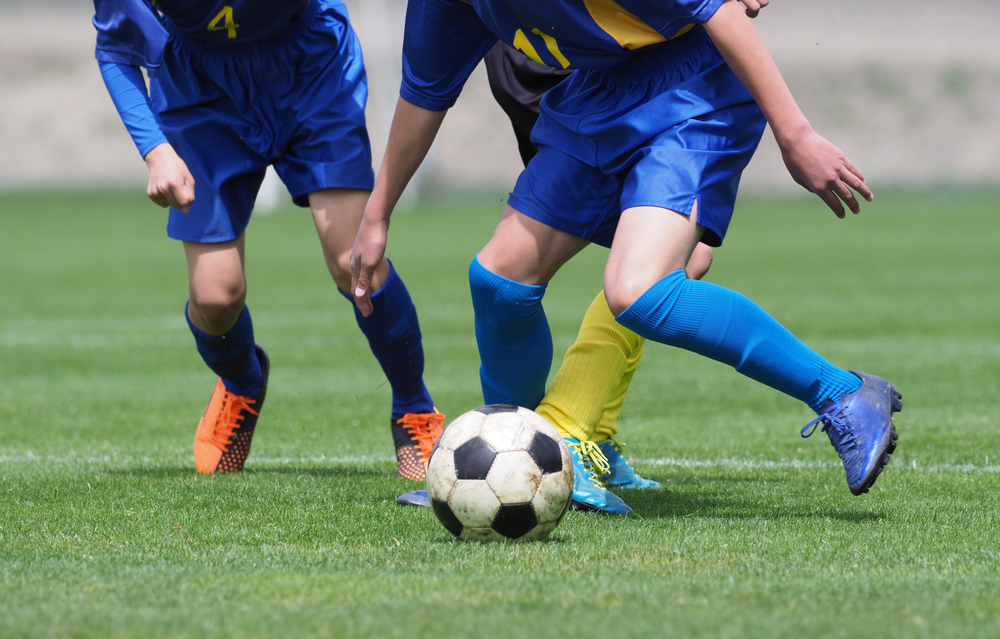
.jpg)


